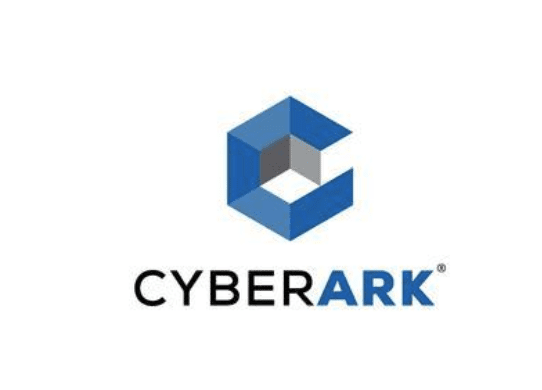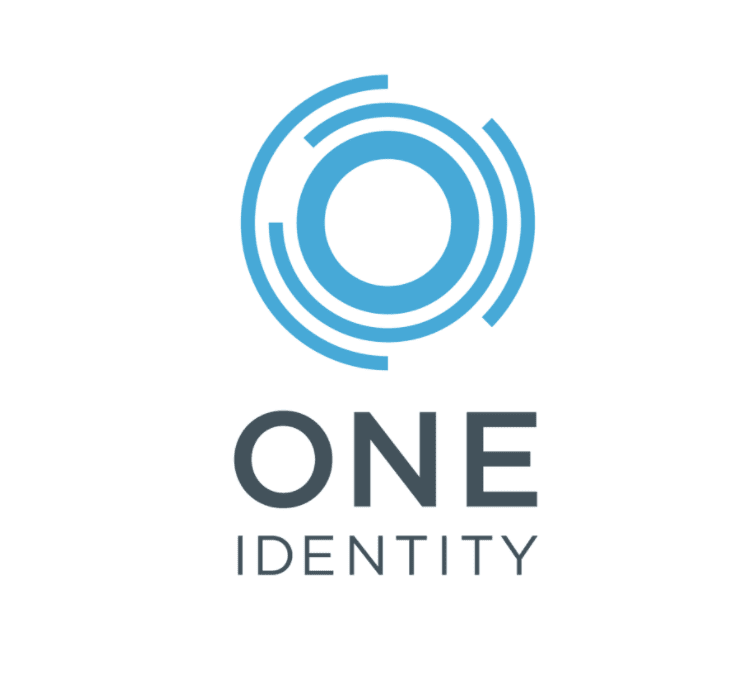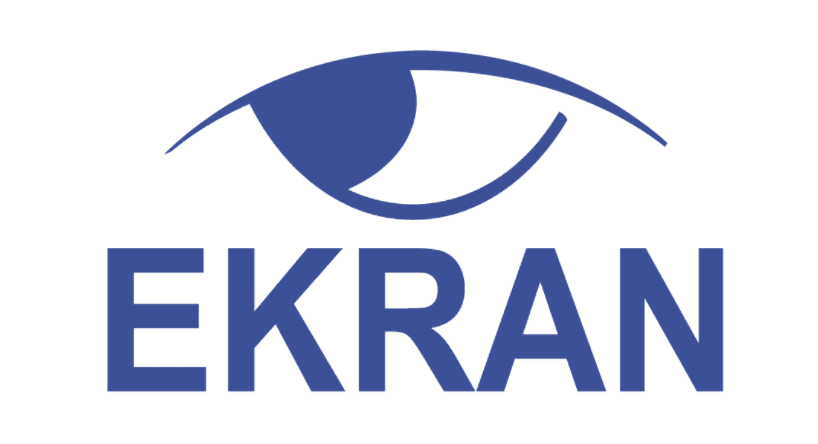Cyberark Alternatives: What Other Options Are Out There?
Meta Description: There is a myriad of alternatives out there that can help secure your company just as well as Cyberark. Learn more about the different possibilities to make a realistic decision when determining which one is good for your company.
What is Cyberark?
Cyberark is an enterprise level software that deals with Privileged Account Security. It’s great for teams up to 15+ people and is used to ensure that each employee is working correctly. With it, you can protect your data and make audited reports based on your teammate’s progress.
Organizations use Cyberark to add users to Administrator groups. This makes it easier for them to monitor and manage their activity. When using Cyberark, users can interact with each other and can contact administrators as issues arrive.
And, it features a Password Utility Tool. You’ll be able to create a safe that holds multiple accounts. Because of this feature, you can cut down the time it takes to complete projects. It allows you to structure and access data without many issues.
However, it’s not perfect. Cyberark requires their users to enter their account information manually. They are unable to save this information for further use. Cyberark has great security, but it can be redundant for users who want automatic password detection.
Still, Cyberark has reliable security software for a large company who needs to utilize their network, so their teams are running properly. While there are some cyberark alternatives present that could match its value, Cyberark is still a great choice for companies wanting to increase their interior security.
 Aspects
Aspects
- Detailed Reporting and Auditing: Create a secure network with a monitoring system that tells you what users accessed shared or privileged accounts and why.
- Automatic Credential Rotation: You can update and synchronize account passwords and SSH keys either on-demand or, regular intervals based on the company’s policy.
- End to End Automation: Enables users to simplify and automate account tasks using REST API. This can be used for account rules, permission granting, and much more.
One Identity
One of the cyberark alternatives that have gained One Identity recently, released One Identity Safeguard 2.0. This software is used for management and allows users to create critical passwords and help protect them from third parties or hackers.
As of now, One Identity is available in a hardware appliance. However, they don’t have a virtual appliance set in place. This can be an issue for some companies who don’t have a physical co-location area or conduct their business virtually through online messaging (Skype, Asana, etc.).
Also, One Identity can be integrated with Amazon Web Services. This means that the program can manage multiple privileged accounts within AWS’s identity store. With One Identity, you don’t have to worry about your company’s password from getting breached.
 Aspects
Aspects
- Activity Center: You can use a query builder to view activity. Depending on which team you obtain a report — executives or the IT team — you can add/remove data so to get the required information. Also, you can schedule user queries, and export and save data in a multitude of formats.
- Approval: With One Identity, you can approve or deny requests that are attempting to get to your network.
- Smartcard Support: Use smart authentication methods to protect access to your password vault.
Ekran System
Last on our cyberark alternatives list is Ekran System.
Ekran System is an interface used for monitoring threats. It was designed for large enterprises and small businesses who are looking to find a way to protect their company’s data and passwords. With it, users can create a network where their passwords are stored and also check the activity of each user inside that network.
One of its main features is its individual licensing scheme. Ekran Systems fits the need for both SMB businesses and corporations through creating a unique license for each product.
The product will have some end-points and a management system that’s free of charge. This makes it easier for the company to conduct deployment and remains cost-effective no matter the size of the project.
 Aspects
Aspects
- Subcontractor Control: Control access and check the activity of remote vendors and third-party service providers inside your corporate network, and receive an audit trail for any action.
- User Audits: Perform audit setting changes, server monitoring, backdoor account creations, and unauthorized privilege escalation.
- Employee Monitoring: Non-intrusive and productive employee monitoring on PCs and servers. They have enhanced access to check for fraud, improper assets usage, and data leaks.
Conclusion
With all of the alternatives out there, there’s no excuse as to why your company isn’t protected. Pick one that suits the needs of your project and the goals of your business. Doing so will save your company thousands of dollars in the long run and keep your employees operating in a safe, productive manner.
Disclaimer: We do not promote any products, just provide the information that’s valuable to our readers. This piece was made with the intention to educate. Use each of these products are your own risk.
—









